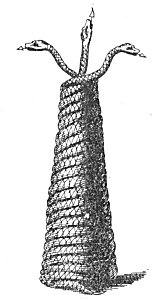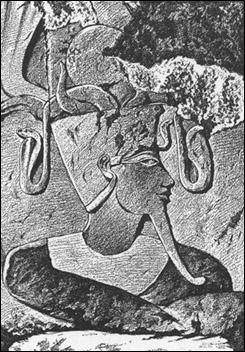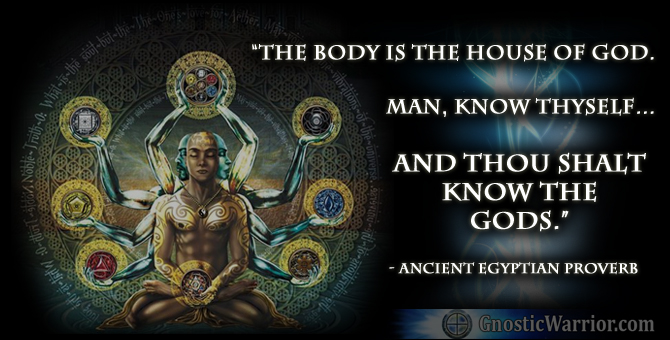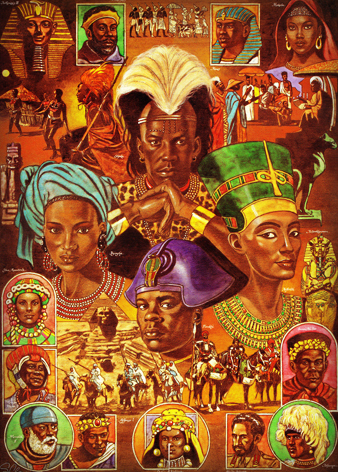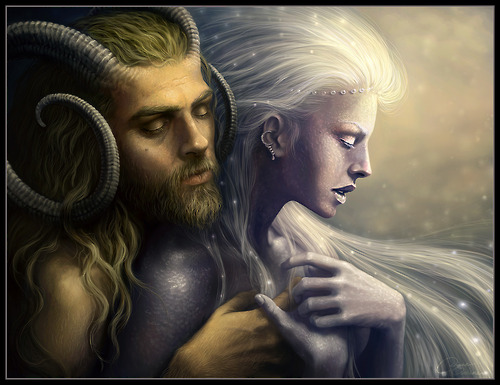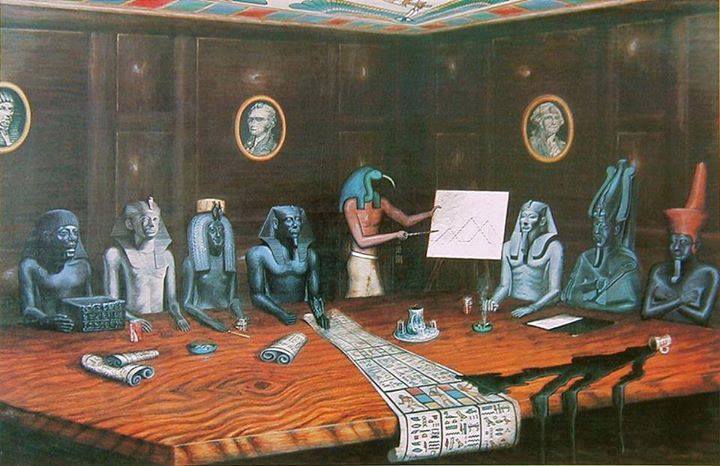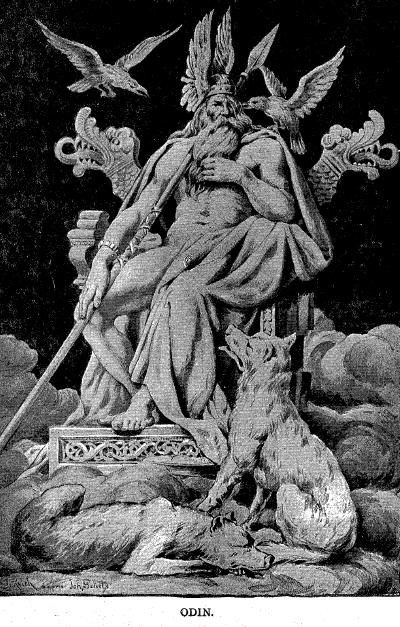As Ishtar represents the spirit of fertility, her loss prevents the ripening of the crops and the maturing of all life upon the earth.
In this respect the story parallels the legend of Persephone. The gods, realizing that the loss of Ishtar is disorganizing all Nature, send a messenger to the underworld and demand her release. The Mistress of Hades is forced to comply, and the water of life is poured over Ishtar. Thus cured of the infirmities inflicted on her, she retraces her way upward through the seven gates, at each of which she is reinvested with the article of apparel which the guardians had removed. (See The Chaldean Account of Genesis.) No record exists that Ishtar secured the water of life which would have wrought the resurrection of Tammuz.
The myth of Ishtar symbolizes the descent of the human spirit through the seven worlds, or spheres of the sacred planets, until finally, deprived of its spiritual adornments, it incarnates in the physical body–Hades–where the mistress of that body heaps every form of sorrow and misery upon the imprisoned consciousness. The waters of life–the secret doctrine–cure the diseases of ignorance; and the spirit, ascending again to its divine source, regains its God-given adornments as it passes upward through the rings of the planets.
Another Mystery ritual among the Babylonians and Assyrians was that of Merodach and the Dragon. Merodach, the creator of the inferior universe, slays a horrible monster and out of her body forms the universe. Here is the probable source of the so-called Christian allegory of St. George and the Dragon.
The Mysteries of Adonis, or Adoni, were celebrated annually in many parts of Egypt, Phœnicia, and Biblos. The name Adonis, or Adoni, means “Lord” and was a designation applied to the sun and later borrowed by the Jews as the exoteric name of their God. Smyrna, mother of Adonis, was turned into a tree by the gods and after a time the bark burst open and the infant Savior issued forth. According to one account, he was liberated by a wild boar which split the wood of the maternal tree with its tusks. Adonis was born at midnight of the 24th of December, and through his unhappy death a Mystery rite was established that wrought the salvation of his people. In the Jewish month of Tammuz (another name for this deity) he was gored to death by a wild boar sent by the god Ars (Mars). The Adoniasmos was the ceremony of lamenting the premature death of the murdered god.
In Ezekiel viii. 14, it is written that women were weeping for Tammuz (Adonis) at the north gate of the Lord’s House in Jerusalem. Sir James George Frazer cites Jerome thus: “He tells us that Bethlehem, the traditionary birthplace of the Lord, was shaded by a grove of that still older Syrian Lord, Adonis, and that where the infant Jesus had wept, the lover of Venus was bewailed.” (See The Golden Bough.) The effigy of a wild boar is said to have been set over one of the gates of Jerusalem in honor of Adonis, and his rites celebrated in the grotto of the Nativity at Bethlehem. Adonis as the “gored” (or “god”) man is one of the keys to Sir Francis Bacon’s use of the “wild boar” in his cryptic symbolism.
Adonis was originally an androgynous deity who represented the solar power which in the winter was destroyed by the evil principle of cold–the boar. After three days (months) in the tomb, Adonis rose triumphant on the 25th day of March, amidst the acclamation of his priests and followers, “He is risen!” Adonis was born out of a myrrh tree. Myrrh, the symbol of death because of its connection with the process of embalming, was one of the gifts brought by the three Magi to the manger of Jesus.
In the Mysteries of Adonis the neophyte passed through the symbolic death of the god and, “raised” by the priests, entered into the blessed state of redemption made possible by the sufferings of Adonis. Nearly all authors believe Adonis to have been originally a vegetation god directly connected with the growth and maturing of flowers
THE GREAT GOD PAN.
From Kircher’s Œdipus Ægyptiacus. The great Pan was celebrated as the author and director of the sacred dances which he is supposed to have instituted to symbolize the circumambulations of the heavenly bodies. Pan was a composite creature, the upper part–with the exception of his horns–being human, and the lower part in the form of a goat. Pan is the prototype of natural energy and, while undoubtedly a phallic deity, should nor be confused with Priapus. The pipes of Pan signify the natural harmony of the spheres, and the god himself is a symbol of Saturn because this planet is enthroned in Capricorn, whose emblem is a goat. The Egyptians were initiated into the Mysteries of Pan, who was regarded as a phase of Jupiter, the Demiurgus. Pan represented the impregnating power of the sun and was the chief of a horde rustic deities, and satyrs. He also signified the controlling spirit of the lower worlds. The fabricated a story to the effect that at the time of the birth of Christ the oracles were silenced after giving utterance to one last cry, “Great Pan is dead!”

Moe is the founder of GnosticWarrior.com. He is a father, husband, author, martial arts black belt, and an expert in Gnosticism, the occult, and esotericism.


